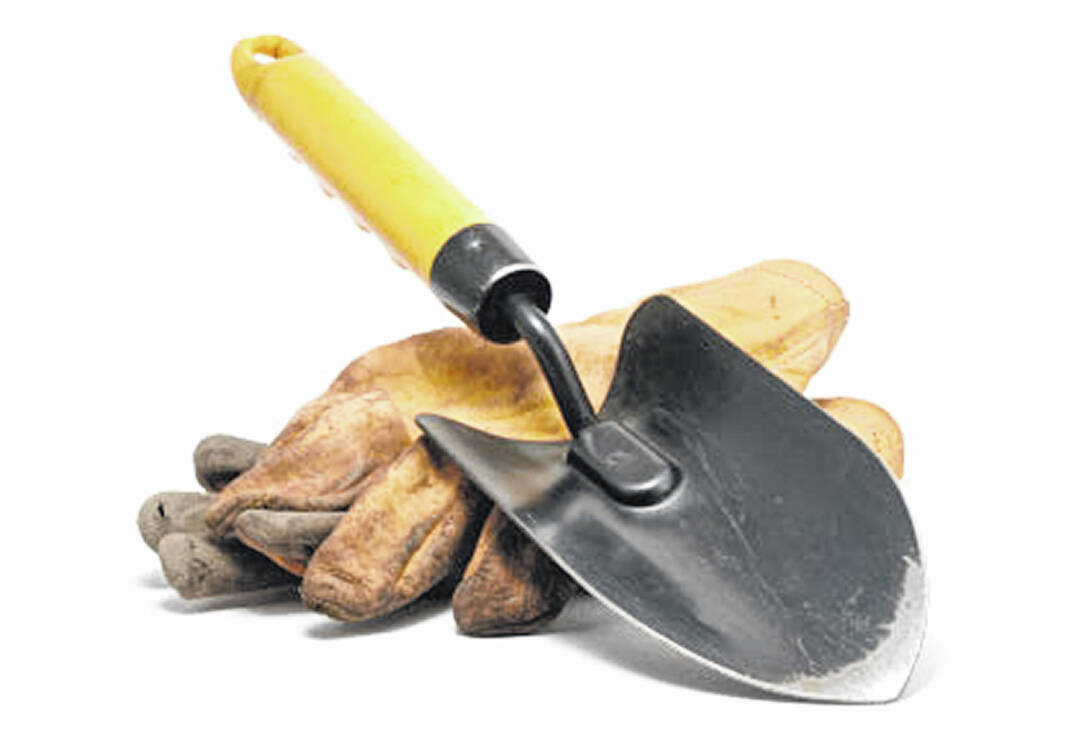
Who taught you about gardening? What are your first memories about seeds and soil? I loved spending time with my mother in the garden. She was a “city girl” who had married a farmer and we had a huge vegetable garden. What were the first seeds planted? Flowers, of course. Zinnias, cosmos, gladiolas, to name a few and of course, her best loved Snap Dragons.
I had an old tractor tire that my dad installed in the lower yard so that I could have my very own flower bed. I am sure that my mom would sneak in to pull weeds when I was playing, but the gardening “bug” stuck with me.
In a past Horticulture Magazine article, Dan Hinkley listed five simple things you can do with children to encourage interest in nature and gardening that include: 1) Root a Willow branch – Hinkley’s grandparents had a Weeping Willow (Salix babylonica) and he took home some long branches and stuck them in glass gallon jars. Within two weeks he watched the first roots begin to push through the existing bark. Within another two weeks Hinkley had planted the branch.
(Don’t have a Weeping Willow handy? I have rooted Forsythia branches the same way.) 2) Plant a carrot – On a bright windowsill, a carrot top set in water will right away begin to produce its foliage! 3) Plant an Avocado Seed – For a child of any age, it’s not easy, but it’s a good life lesson. 4) Plant a tiny edible garden – Starting small is always wise. Hinkley’s first vegetable garden was 20 feet by 10 feet. At 11, he learned how to grow radishes, potatoes, tomatoes, peas, beans, parsnips, kale and lettuce. He learned to work with soil to produce things to consume and that relationship carries on with him today. 5) Take a hike – in virtually every neighborhood in North America, there is a trail somewhere nearby, be it through a city park or a National Wilderness. Discover the plants there with your family. Identify the trees and shrubs and perennials together – field guides help make it simple.
Another favorite website of mine, Kids and Gardening, shares some important things to consider: 1) Give them good gardening experiences. These will be great memories in years to come. 2) Relax your standards. Crooked rows or weeds as pets are fine. 3) Leave room for good old-fashioned digging. Holes are a highly popular landscape feature. Look for worms. 4) Model the message that some insects are beneficial, and even destructive bugs are highly interesting.
Remember: one of the best things you ever grow may be a gardener!
My June list of gardening tasks includes: 1) Weed planting beds as necessary and sprinkle a “Pre-emergent” (if desired), 2) Throw healthy garden clippings onto the compost pile, 3) Deadhead repeat-blooming roses to encourage more flowers, 4) Spray roses early and regularly to prevent fungal diseases, 5) Dig or pull out excess perennials and share with a friend, 6) Pinch back chrysanthemums when 4 to 6 inches high, 7) Continue direct-seeding vegetable crops, and 8) Keep an eye on your tomato plants and spray a protectant fungicide when necessary. For effective fungicides and spray schedules consult the Ohio Vegetable Production Guide (OSU Extension Bulletin 672). Remember to read and follow label directions carefully.
Author and gardener, Margaret Roach, shares a great tip in her newsletter, “A Way to Garden.” Make a pass, with hand or hoe, through each garden bed each week, since weeds are not just unsightly but steal moisture, nutrients, and light from desired plants. I know that my raised bed vegetable garden stays mostly weed free because of taking that pass through with my soil knife every few days. Remember that checking in on each of your garden beds will keep you ahead of the weed, disease, and insect battles.
June is an exciting time in the garden. It’s simply hard to believe it is here already! Where did May go?

